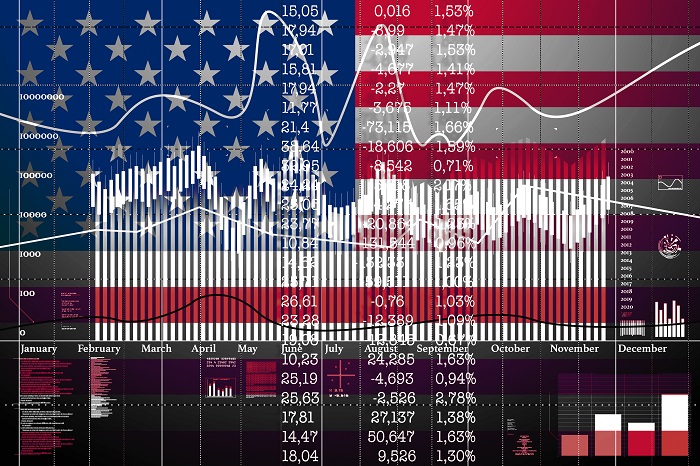 |
 Video: What is a Stock Split? Video: What is a Stock Split?
|
 |
|
| Bristol-Myers Squibb is engaged in the discovery, development, licensing, manufacturing, marketing, distribution and sale of biopharmaceutical products on a global basis. Co.'s pharmaceutical products include chemically-synthesized or small molecule drugs, products produced from biological processes, called biologics and chimeric antigen receptor T-cell therapies. Co.'s primary product includes Eliquis® - Eliquis (apixaban), which is an oral Factor Xa inhibitor indicated for the reduction in risk of stroke/systemic embolism in non-valvular atrial fibrillation and for the treatment of DVT/PE and reduction in risk of recurrence following initial therapy. According to our CELG split history records, Bristol Myers Squibb has had 4 splits. | |
 |

Bristol Myers Squibb (CELG) has 4 splits in our CELG split history database. The first split for CELG took place on April 17, 2000. This was a 3 for 1
split, meaning for each share of CELG owned pre-split, the shareholder now owned 3 shares. For example, a 1000 share position pre-split, became a 3000 share position following the split. CELG's second split took place on October 25, 2004. This was a 2 for 1 split, meaning for each share of CELG owned pre-split, the shareholder now owned 2 shares. For example, a 3000 share position pre-split, became a 6000 share position following the split. CELG's third split took place on February 27, 2006. This was a 2 for 1 split, meaning for each share of CELG owned pre-split, the shareholder now owned 2 shares. For example, a 6000 share position pre-split, became a 12000 share position following the split. CELG's 4th split took place on June 26, 2014. This was a 2 for 1 split, meaning for each share of CELG owned pre-split, the shareholder now owned 2 shares. For example, a 12000 share position pre-split, became a 24000 share position following the split.
When a company such as Bristol Myers Squibb splits its shares, the market capitalization before and after the split takes place remains stable, meaning the shareholder now owns more shares but each are valued at a lower price per share. Often, however, a lower priced stock on a per-share basis can attract a wider range of buyers. If that increased demand causes the share price to appreciate, then the total market capitalization rises post-split. This does not always happen, however, often depending on the underlying fundamentals of the business.
Looking at the CELG split history from start to finish, an original position size of 1000 shares would have turned into 24000 today. Below, we examine the compound annual growth rate — CAGR for short — of an investment into Bristol Myers Squibb shares, starting with a $10,000 purchase of CELG, presented on a split-history-adjusted basis factoring in the complete CELG split history.

Growth of $10,000.00
Without Dividends Reinvested
|
| Start date: |
04/25/2014 |
|
| End date: |
11/20/2019 |
|
| Start price/share: |
$71.03 |
|
| End price/share: |
$108.24 |
|
| Dividends collected/share: |
$0.00 |
|
| Total return: |
52.39% |
|
| Average Annual Total Return: |
7.85% |
|
| Starting investment: |
$10,000.00 |
|
| Ending investment: |
$15,239.95 |
|
| Years: |
5.58 |
|
|
 |
| Date |
Ratio |
| 04/17/2000 | 3 for 1
| | 10/25/2004 | 2 for 1 | | 02/27/2006 | 2 for 1 | | 06/26/2014 | 2 for 1 |
|
 |

